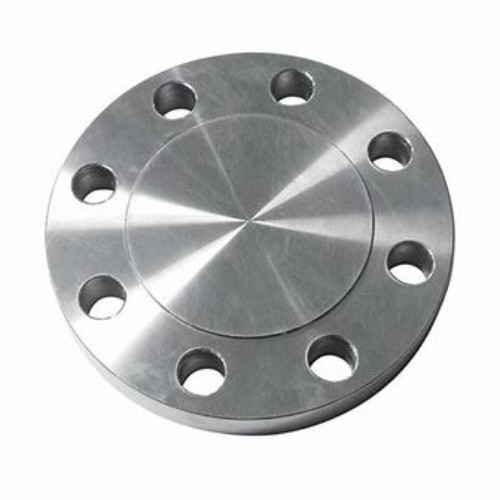gate valve fitting
Understanding Gate Valve Fittings An Essential Component in Fluid Control Systems
Gate valve fittings play a critical role in various industrial applications, especially in fluid control systems. These fittings are an integral part of gate valves, which are used to control the flow of liquids and gases in pipelines. Unlike other types of valves, gate valves are designed to be either fully open or fully closed, making them ideal for applications where a straight-line flow of fluid and minimum restriction are desired.
Structure and Design
Gate valves consist of several key components, including the body, gate, seat, and actuator. The body is typically made from durable materials such as cast iron, carbon steel, or stainless steel, depending on the application and the nature of the fluid being handled. The gate itself is a solid piece that moves up and down, allowing or blocking fluid flow through the valve. The design of the seat plays an essential role in achieving a tight seal when the valve is closed, preventing any leakage.
Gate valve fittings are generally categorized into two types wedge gate valves and parallel gate valves. Wedge gate valves have a tapered gate that fits snugly against the seat when closed, which is ideal for high-pressure applications. On the other hand, parallel gate valves have a flat gate that matches a corresponding flat seat, making them more suitable for applications requiring low-pressure and low-viscosity fluids.
Applications
gate valve fitting

Gate valves are used in various sectors, including oil and gas, water supply, wastewater treatment, and power generation. In these industries, they are typically employed in pipelines where a reliable on-off control of flow is required. For instance, in wastewater treatment plants, gate valves are often used to isolate sections of the system for maintenance or emergencies. Their ability to minimize flow resistance and turbulence makes them a preferred choice for systems requiring efficient fluid dynamics.
Advantages
One of the primary advantages of gate valves and their fittings is their ability to provide a complete shut-off, which is vital in many applications. They are also known for their durability and longevity, especially when made from high-quality materials. Additionally, the design of gate valves allows for lower pressure drops compared to other valve types, making them more efficient in terms of energy consumption.
Conclusion
In summary, gate valve fittings are an essential component in the realm of fluid control systems. With their robust design and reliable functionality, they serve as the backbone for various industrial applications. Understanding their structure, types, and applications enables engineers and technicians to make informed decisions regarding fluid management, ensuring efficiency and safety in their operations. As industries continue to evolve, gate valves will remain a fundamental element in managing fluid systems effectively.
-
3 types of check valves maintenance tipsNewsAug.23,2025
-
Ball valves types with trunnion mounted designNewsAug.23,2025
-
Butterfly valve company production capabilitiesNewsAug.23,2025
-
Fisher globe valve technical specificationsNewsAug.23,2025
-
Types of gaskets for flanges selection guideNewsAug.23,2025
-
Wedge gate valve suppliers quality standardsNewsAug.23,2025
-
Breakthrough in Domestic Low Temperature Valve Technology in ChinaNewsAug.18,2025




